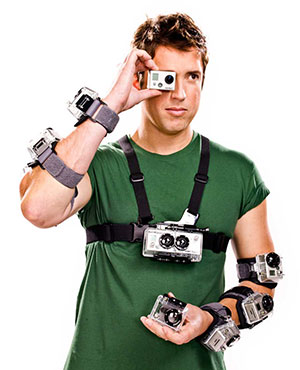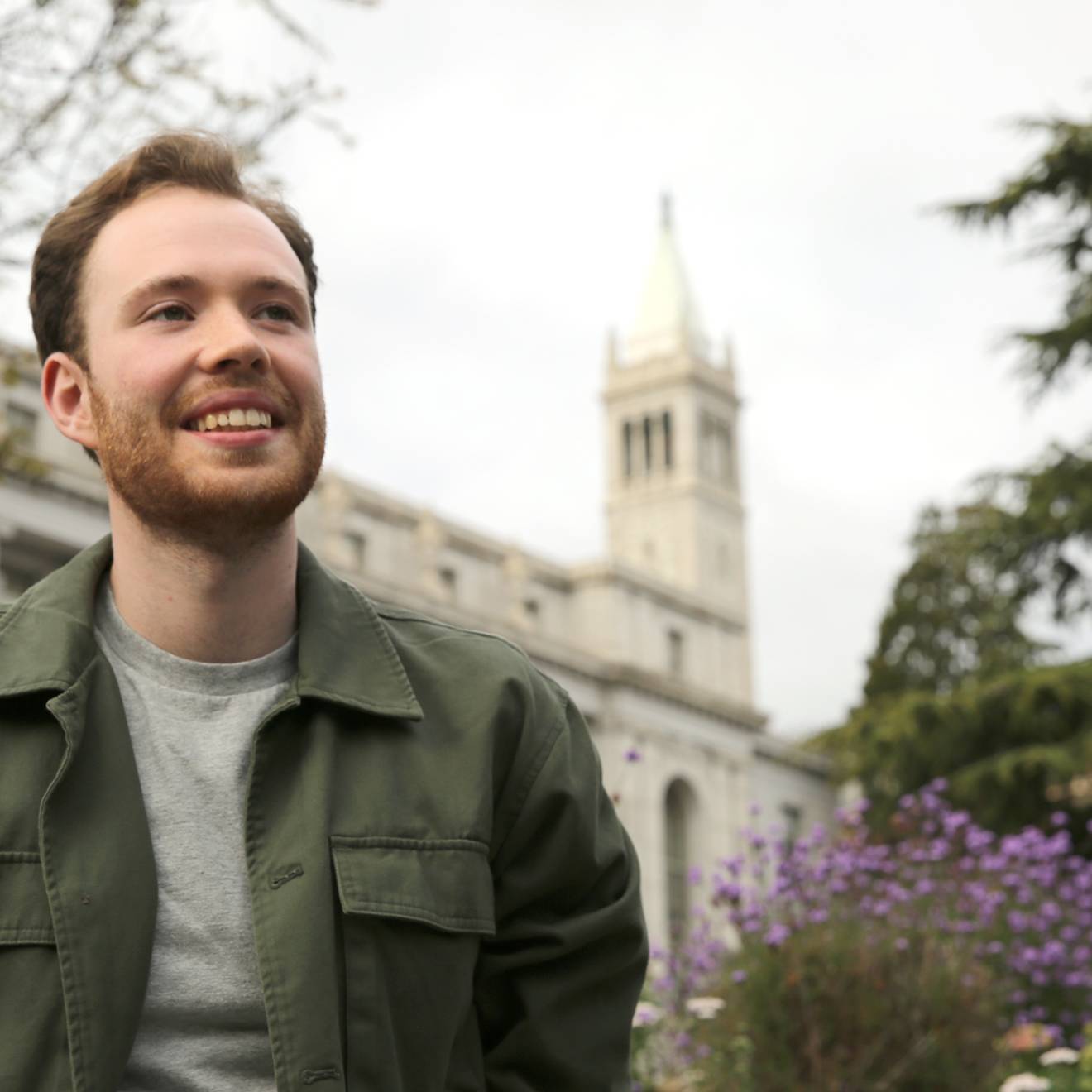Judy Piercey, UC San Diego
In 2010, entrepreneur Nick Woodman realized his life was about to be radically transformed. That was the year Woodman’s rootsy family business — GoPro — exploded into worldwide success.
“You wake up one morning,” he remembers, “and the company you started with your college friends is the fastest growing digital capture company in the world.”
Woodman, a 1997 visual arts graduate of the University of California, San Diego, is a thrill-seeking surf enthusiast who created a device that helps people capture and share their passions. It started as a durable wrist-mounted camera for surfers to record their feats in the lineup — effectively helping them “go pro.” Now the palm-size cameras, which sell from $200 to $400, can be fastened to helmets, handlebars, ski poles, and, yes, surfboards to document experiences both ordinary and extraordinary. Today, GoPro is worth an estimated $2.25 billion.
Surfing since he was a child, when it was time to pick a college “I was all about beachfront,” Woodman says. He entered UC San Diego as a freshman, enrolling in Muir College where he soon found himself part of a fraternity of surfers who worshipped Black’s Beach as La Jolla’s surfing mecca.
“UCSD was an awesome platform to find out what I was really interested in in life,” he explains. “On the academic side that was awesome, and on the lifestyle side, at Muir I was just surrounded by a bunch of other people in a similar boat. We were in the closest residential student housing building to Black’s.”
Scientific approach to arts

Originally planning to major in economics (his father was an investment banker), the creative side of Woodman took over. “The end of freshman year, I realized that I didn’t like any of the classes I was meant to like and I loved all the creative arts classes: writing, visual arts, acting classes. I remember all my friends and family gave me a hard time for being a visual arts major at UCSD because it was so science-focused. But UC San Diego’s approach to visual arts was very scientific. It was all about the process.”
He adds, “Take that academic experience, and then combine it with the parallel experience of surfing and how hugely creative and inspiring that experience is, and UC San Diego was like that catalyst for GoPro. When I think about what it is that led to GoPro, it was my passion for creative arts, specifically photography, and surfing.”
In September 2004, Woodman released the first GoPro Hero film camera and wrist strap at the Action Sports Retailer convention in San Diego. He felt his hard work start to pay off when a Japanese buyer bought $2,000 worth of the 35-millimeter cameras. The entrepreneur also felt the need for more manpower.
Relying on friends and family
It’s not surprising that Woodman’s college surfing friends formed the initial nucleus of his GoPro family. While he perfected the design and employed friends as sales people, the company received traction around the world, capturing the attention of buyers and investors alike.
“By the time we launched the original HD Hero at the end of 2009, there were only seven or eight of us,” Woodman recalls. “We were doing the work of 40 people and the company that year did $19.1 million. That’s crazy. Then the next year, we grew to 35 people. That was 2010, the year of the HD Hero success.
“The whole ‘hire my friends and family thing’ was great up until the HD Hero,” he says, “The HD hero was the turning point where GoPro was going to become a global success and I realized the days of keeping it small and rootsy were over or else we were going to fail. But over time, we brought in people who did know how to build departments and grow them out.”
Woodman emphasizes, “Something that we’ve managed to do is keep the culture as we’ve grown the business. Now we’re 500 employees and the culture is still the same. That’s a big part about what gives us an advantage. And you see it in our brand and in what we do as a company.”
It’s been a great decade for Woodman, for reasons that go beyond the money. “GoPro in a sense is so successful because it’s this big artistic expression session that’s viral — it has surpassed all expectation. If I want to get in a good mood, I just go on Facebook, and see all the content that our customers are sharing or the comments that people are posting on photos and videos. To see so much stoke from people that don’t even own GoPros is just like ‘are you kidding me?’”
This article was written with additional reporting from Serena Renner, a 2008 graduate of UC San Diego.

